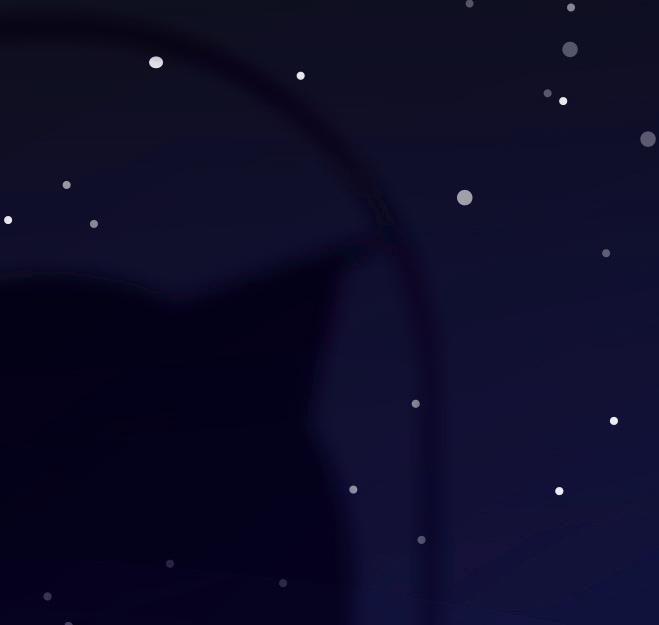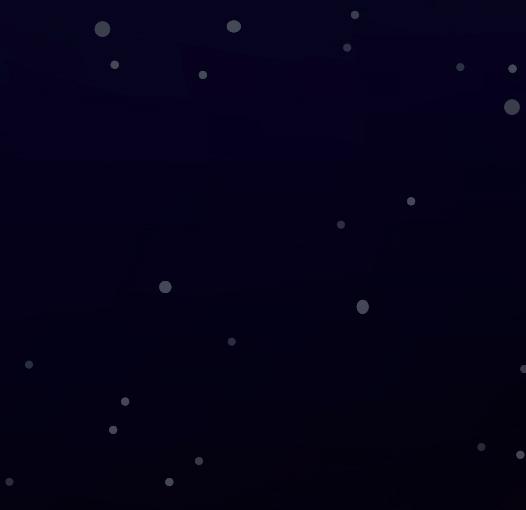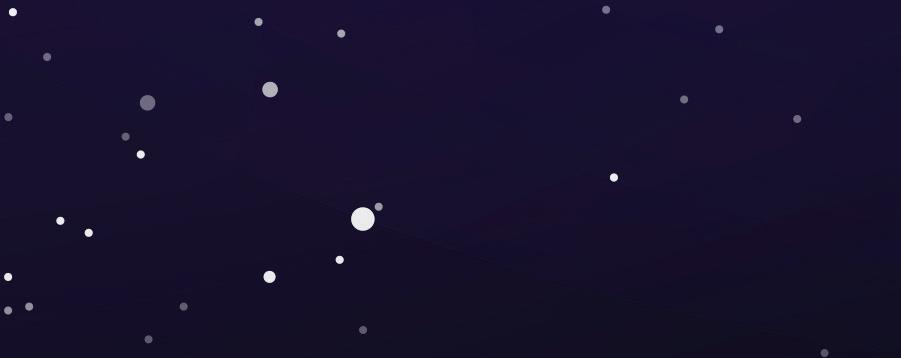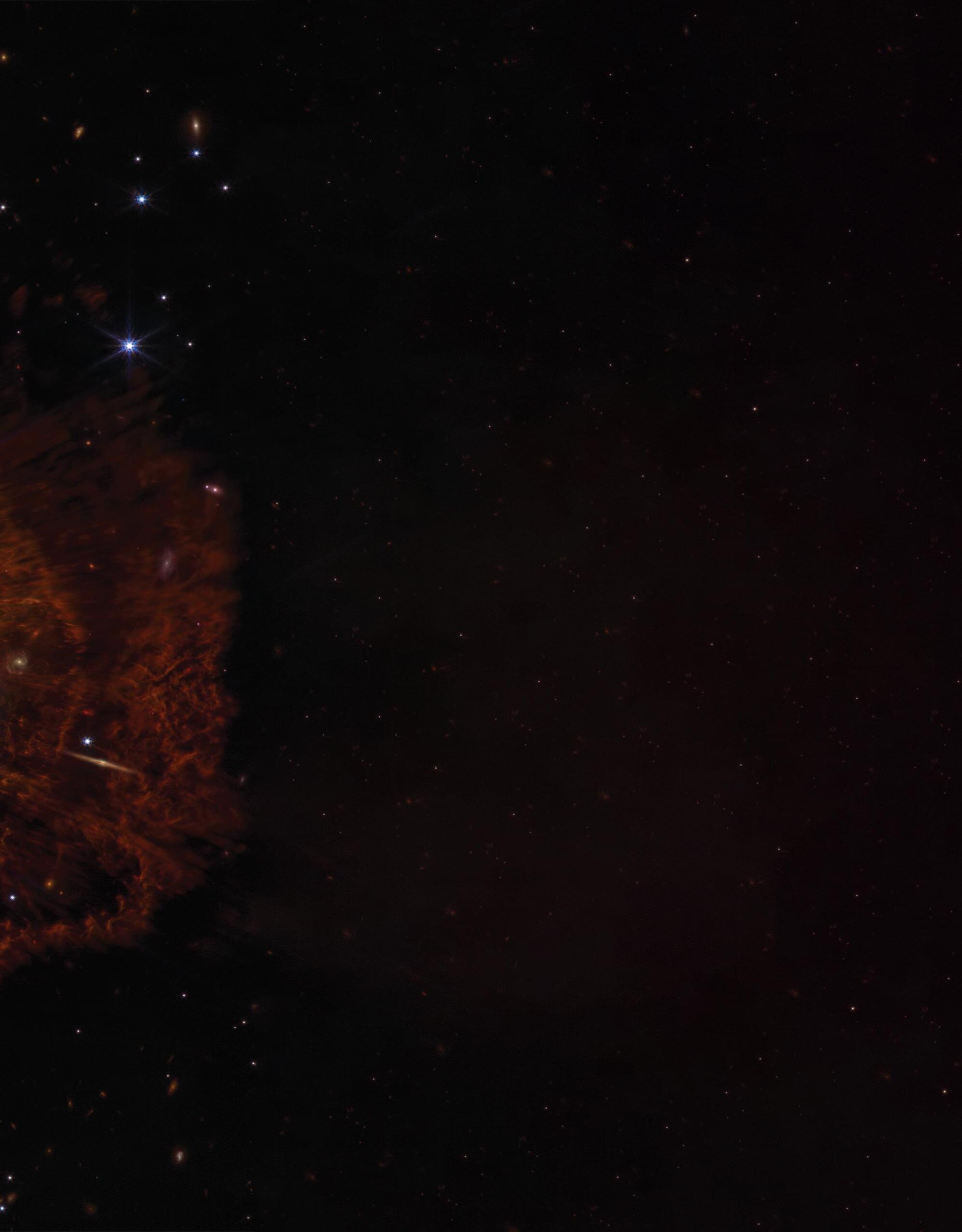ARIZONA RESEARCH






























We respectfully acknowledge the University of Arizona is on the land and territories of Indigenous peoples. Today, Arizona is home to 22 federally recognized tribes, with Tucson being home to the O’odham and the Yaqui. Committed to diversity and inclusion, the university strives to build sustainable relationships with sovereign Native Nations and Indigenous communities through education offerings, partnerships, and community service.







Producers

Kim Patten, Daniel Moseke
Designer
Andreá Brooks
Writing & Editorial Team
Stephanie Doster, Leslie Ruth Hawthorne Klingler, Emily Litvack, Kristina Makansi, Eric Van Meter
Much of the content in this magazine is based on original reporting by Alexis Blue, Rosemary Brandt, Emily Dieckman, Lori Harwood, Mikayla Mace Kelley, Angela Martinez, Erika Mitnik, Kyle Mittan, Tracy Mueller, Stacy Pigott, Daniel Stolte, Eric Swedlund, Brittany Uhlorn
Questions and feedback research-comms@list.arizona.edu




Since the founding of its Lunar and Planetary Laboratory in 1960, the University of Arizona has led the state’s aerospace economy as we further humanity’s quest to uncoil the secrets of the universe.
When NASA captured the first image of a black hole, first proved the presence of ice in Martian soil, extracted the first asteroid samples in an interstellar dance at more

than 61,000 mph, we were there, empowering every history-making moment.
Now, as the James Webb Space Telescope deploys UArizona technologies to peer further back into our galactic origins than ever before, our researchers are also looking forward, pioneering the next great frontier of space exploration: longterm, off-Earth habitation.
About the image:
Astronomers using NASA’s James Webb Space Telescope combined the capabilities of the telescope’s two cameras to create a never-beforeseen view of a region in the Carina Nebula. Captured in infrared light by the Near-Infrared Camera (NIRCam) and Mid-Infrared Instrument (MIRI), this combined image reveals previously invisible areas of star formation.



When Inspiration4, the world’s first all-civilian spaceflight, returned to Earth, it marked a turning point in space travel, raised money for charity, and made contributions to the future health of those living in space—and on Earth.
Crew members were the first to use VeriFAST, a University of Arizona technology for tracking stress, inflammation, and immunity in zerogravity conditions. While in space, crew blood and saliva samples analyzed by VeriFAST signaled physiological or molecular changes in minutes through a simple system of color-coded spots.
Developed by researchers at the university’s Center for Applied NanoBioscience and Medicine, VeriFAST tests can potentially detect serious health threats, such as radiation exposure and cancer. The technology is rapid, cheap, and easy to use—which means it could improve health monitoring on Earth as well as in space.





















Space Analog for the Moon and Mars (SAM) is the latest project securing the place of the University of Arizona among the vanguard of institutions expanding possibilities in long-term, off-Earth human habitation.
Built around UArizona’s 1987 prototype Biosphere 2 Test Module, SAM will present many of the thorny challenges intrinsic to closed-system living as it attempts something never yet achieved: a transition from mechanical solutions like those in NASA’s International Space Station to plant-based life support.
SAM will be available to researchers around the world and already has a queue of projects slated to start early in 2023.
Up to four people can stay in situ from a week to a few months, and each team chooses its degree of off-world simulation, such as external communication delays matched to light travel time from Earth to Mars.

It was also important to SAM co-lead and director of research Kai Staats that the facility welcome writers, musicians, and other artists.
“That’s part of the human experience,” Staats says. “Stories are told generation to generation, millennia to millennia, through artists. We need that perspective on the human experience as much as we need the data.”

NASA’s James Webb Space Telescope, designed with essential contributions from University of Arizona astronomers, orbits the sun a million miles from Earth, revolutionizing our vision of the universe.
Because the universe is expanding, light from the earliest galaxies has been stretched into longer-wavelength infrared light invisible to the human eye. Novel UArizona-led technologies built into the telescope visualize that light, enabling us to peer into the early phases of star and galaxy formation.
The James Webb telescope’s capabilities are possible because of both its location and large size. By orbiting in space, its instruments remain a steady minus 447°F, bypassing heat “noise” inevitable on Earth. The telescope’s enormous size—21 feet, with a primary mirror more than two stories tall— enables it to produce images far sharper than its predecessors.
The astonishing images we’ve seen thus far are just the beginning of the telescope’s work. Astronomers intend to use the instrument to study diverse extraterrestrial phenomena, including exoplanets, the early universe, black holes, and quasars. NASA has allotted the telescope’s time to researchers worldwide, with the greatest share, 13%, reserved for UArizona scientists.
University of Arizona scientists led the design and build of the James Webb infrared “eyes” that allow it to peer deeper into the history of the cosmos than any telescope before it.

Marcia and George Rieke worked toward this breakthrough for more than 20 years as two of 21 UArizona astronomers enabling the telescope’s long-planned sojourn into distant space.
Marcia Rieke is principal investigator for the Near Infrared Camera at the heart of the telescope. Her husband, George, is the science team lead for the Mid-Infrared Instrument, which expands the telescope’s reach farther into the infrared spectrum.










Researchers at NASA believe humankind could save billions of dollars and precious resources by harvesting water and crops on the moon and that such practices would allow space missions to replenish supplies without entering the Earth’s atmosphere.




Two UArizona teams are working with NASA to explore how lunar harvesting may be possible.



One team, primarily students, is preparing a fleet of laser-equipped satellites to search for water in the dark craters of the moon’s southern pole.

















Called FemtoSats, these tiny lunar explorers—satellites about the size of a stick of butter—are inexpensive to make and launch, and they’re disposable.
NASA has also awarded $1.12 million to the University of Arizona and four other organizations to develop an efficient watering system and mechanism to deliver nutrients to crops in space.
Without much gravity to keep things on the ground, farming goes wild in space; it’s hard to keep the right amount of water, nutrients, and oxygen in the right place for crops. This team is motivated both by the project’s potential to nourish astronauts and to lead to much-needed improvements to food production on Earth

NASA’s OSIRIS-REx spacecraft has been busy. After journeying more than two years, it nailed an unprecedented rendezvous with the asteroid Bennu, matched its 61,300 mph orbit of our sun, and collected a sample of rubble.
It will parachute that sample into the Utah desert in September 2023, but the fun doesn’t end there. Sporting the new mission name OSIRIS-APEX (short for OSIRISApophis Explorer) and still under University of Arizona leadership, the craft will then redirect to the even smaller asteroid Apophis.









When Apophis was discovered in 2004, scientists quickly calculated that among




















near-Earth objects, it would have one of the closest brushes with Earth in a 150-year window. Though less than a quarter-mile in diameter, it will be visible with the naked eye to people in Europe and Africa in April 2029.
OSIRIS-APEX will reach Apophis just days after the “near miss” with Earth and spend 18 months shadowing the asteroid, collecting data to reveal how it’s affected by Earth’s gravity. The craft will also blast the surface of Apophis with its thrusters, allowing mission scientists to learn more about the asteroid’s subsurface properties.







As farmers wrestle with diminishing water resources, rising energy costs, and a rapidly warming planet, UArizona researchers are innovating a promising solution: agrivoltaics, or growing crops in the shade of solar panels.
University of Arizona geographer Greg Barron-Gafford pioneered the field. His team of professors, grad students, and undergrads established the first agrivoltaics research site and found that many food crops do better in the shade of solar panels.




For example, tomato harvests were three times greater in an agrivoltaic system than in traditional farming. The technology also lowered water use, promising to make production more efficient.





Could agrivoltaics make meaningful headway in the world’s food and energy challenges? That’s what a new, large-scale UArizona study aims to find out.


With $10 million from the U.S. Department of Agriculture, researchers are adapting agrivoltaic technology to three diverse terrains and microclimates in Arizona, Colorado, and Illinois.
Data collected from the studies will give the team a better picture of how agrivoltaics could address challenges in today’s food, energy, and water nexus.

SOCIETY
Logical fallacies, false equivalences, cherry picking: How many of these rhetorical strategies could you recognize and define?
University of Arizona English professor Jonathan Reinhardt, creator of The Clarify Initiative, believes a failure to educate ordinary citizens to recognize rhetoric aimed at psychological manipulation is why racism, ecological irresponsibility, and fascist tendencies have gained such footholds.
“If you understand the con, the con doesn’t work,” Reinhardt says. His initiative offers a digital textbook, app, and simulation game that blend critical language awareness into traditional grammar and language instruction. The curriculum explains, for example, how hyperbole, superlatives, and the pronoun “we” can be used to manipulate audiences.
On another front in this fight, Diana Daly, assistant professor in the UArizona School of Information, is working to better understand what people gain when they embrace and spread misinformation.

Daly believes the rewards have to do with our innate need to belong: individuals let go of one set of beliefs and the community supporting those ideas only when another community and way of seeing things promises to fill the same needs.
As part of her goal to educate the public in how to disentangle from misinformation, Daly hopes to produce and disseminate materials questioning, satirizing, and debunking harmful anti-vaccine messaging.
Learn More
Graduate schools at the University of Arizona and University of Western Australia (UWA) in Perth are joining forces for two collaborative professional degree programs: a joint doctor of law degree (JD) and joint medical doctor degree (MD).
The new partnership leverages strengths at both universities as they pursue international research and workforce development in several areas of mutual interest. Students enrolled in the programs will spend time on both campuses and receive credentials from both universities.
UArizona’s Wilbur and Wilma Wildcat are already well acquainted with UWA’s Laurence the Peacock from past and ongoing partnerships. Those connections will now deepen as their law and medical schools work together alongside ongoing collaborations in astronomy, space science, and physics.



Earth was much simpler 4.5 billion years ago, when there were only a dozen or so minerals in our newly formed solar system.
But our Blue Marble has always been a wild one. Unleash an interplay of water, heat, plate tectonics, and oxygen-producing microbes, and before you know it, you’ve got today’s 5,500+ known minerals.
Those crystalline structures offer a wide-spectrum educational lens, and there’s no better view than through the 20,000 specimens of the University of Arizona Alfie Norville Gem & Mineral Museum.
Since 1910, Arizona has been the leading U.S. copper producer. Early miners smuggled away stunning specimens of copperbased azurite and malachite to save them from smelting.

The electric vehicle revolution today hinges on the availability of lithium, like that found in spodumene and lepidolite.
The apatite group of calcium phosphate minerals includes an array of stunning gems as well as the main components of human bones and teeth.



The largest scientific research institution in Europe, France’s National Centre for Scientific Research (CNRS), has joined forces with the University of Arizona in a new collaboration: The France-Arizona (FA) Institute for Global Grand Challenges.

The FA Institute is committed to bridging the gap between research discoveries and viable, lasting solutions to real-world problems. It’s a hub where scientists across continents and disciplines work together to make a difference at meaningful scales.

Diverse teams of researchers put their heads together to figure out, for example, how
communities can exist sustainably in arid lands, bring equity to the digital revolution, and tackle challenges before they become crises.
With more than 1,100 laboratories on five continents, CNRS is a research heavyweight. UArizona has collaborated with its scientists for more than a decade.

With the founding of the FA Institute, the partnership has rapidly expanded to include a number of new projects, including research on green chemistry, food-energy-water solutions, and combating infectious diseases.
Learn More
The San Xavier Underground Mining Laboratory is addressing critical gaps across the mining workforce as the nation’s only student-run, multilevel mining laboratory.

Opportunities abound for innovation in mining, from water and power efficiencies to autonomous vehicles, reprocessing and recycling mining waste, and preserving biodiversity.
Here, students gain hands-on experience in every aspect of operations: budgeting, safety, logistics, and project management. They also learn vital skills for building good relations.
“No mine in the U.S. today can function without social license from the community,” says Kray Luxbacher, head of the Department of Mining and Geological Engineering. “We’re doing the technical work we’ve always done, but we’re also bringing students these more modern issues they’ll face at any mine site.”
Clients include top mining companies and manufacturers as well as government agencies for whom its controlled, subterranean environment meets specialized research and training needs.
ENTREPRENEURSHIP (FY21)
274 invention disclosures +11 over previous year
124 licenses & options for university inventions +29 over previous year
100 patents issued Ranked no. 28 among worldwide universities granted U.S. utility patents

17 startups launched 125+ since 2012
$1.6B in economic output from commercialization activities between FY17-FY21
Through cutting-edge research and innovation, the University of Arizona is committed to expanding human potential, exploring new horizons, and enriching life for all. With $824M in annual research activity, we are leading the way in tackling the most pressing and complex challenges of our time, from climate change to planetary defense, and pandemic preparedness to healthy aging.
Administration 601

PO Box 210066 | Tucson, AZ 85721
Office: 520-626-0631 | Main: 520-621-3513

NASA’s James Webb Space Telescope has revealed details of the Southern Ring planetary nebula, previously hidden from astronomers. Planetary nebulae are the shells of gas and dust ejected from dying stars. New details like these will help us better understand how stars evolve and transform their environments. Captured by the Near-Infrared Camera (NIRCam) and Mid-Infrared Instrument (MIRI), this combined image reveals previously invisible areas of star formation. NIRCam instrument design, instrument control, focal plane electronics, and software were created by the University of Arizona and Lockheed Martin.





